Although it is still early spring and most of the flowers aren’t out yet, it is easy to see the attraction of Monet’s garden. We had booked a half day mini-bus tour when we arrived and it was definitely well worthwhile. An hour or so’s drive through the French countryside brought us to Giverny.
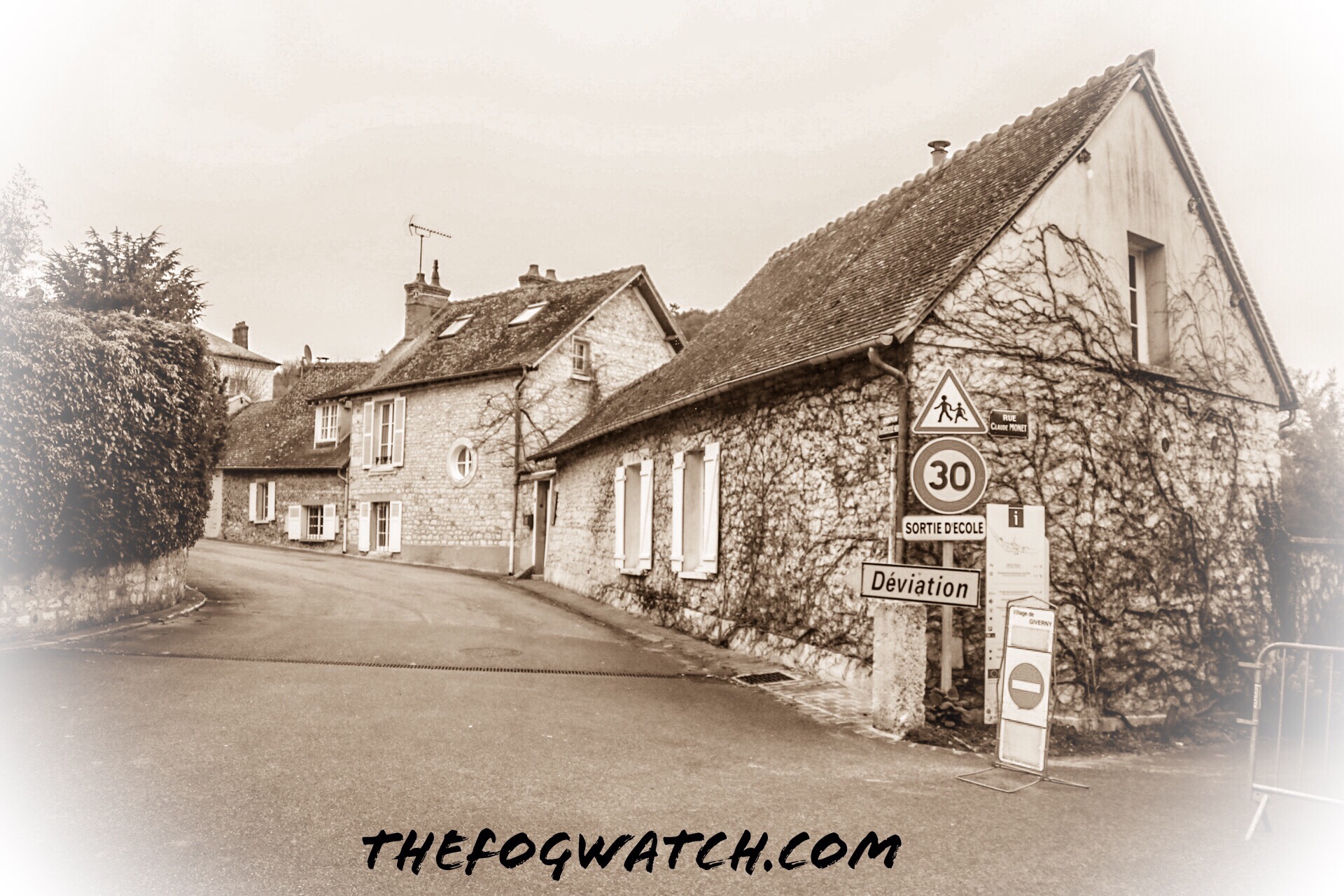
We started with the water garden – there are two gardens, the flower garden attached to the house, and the water garden across the road.
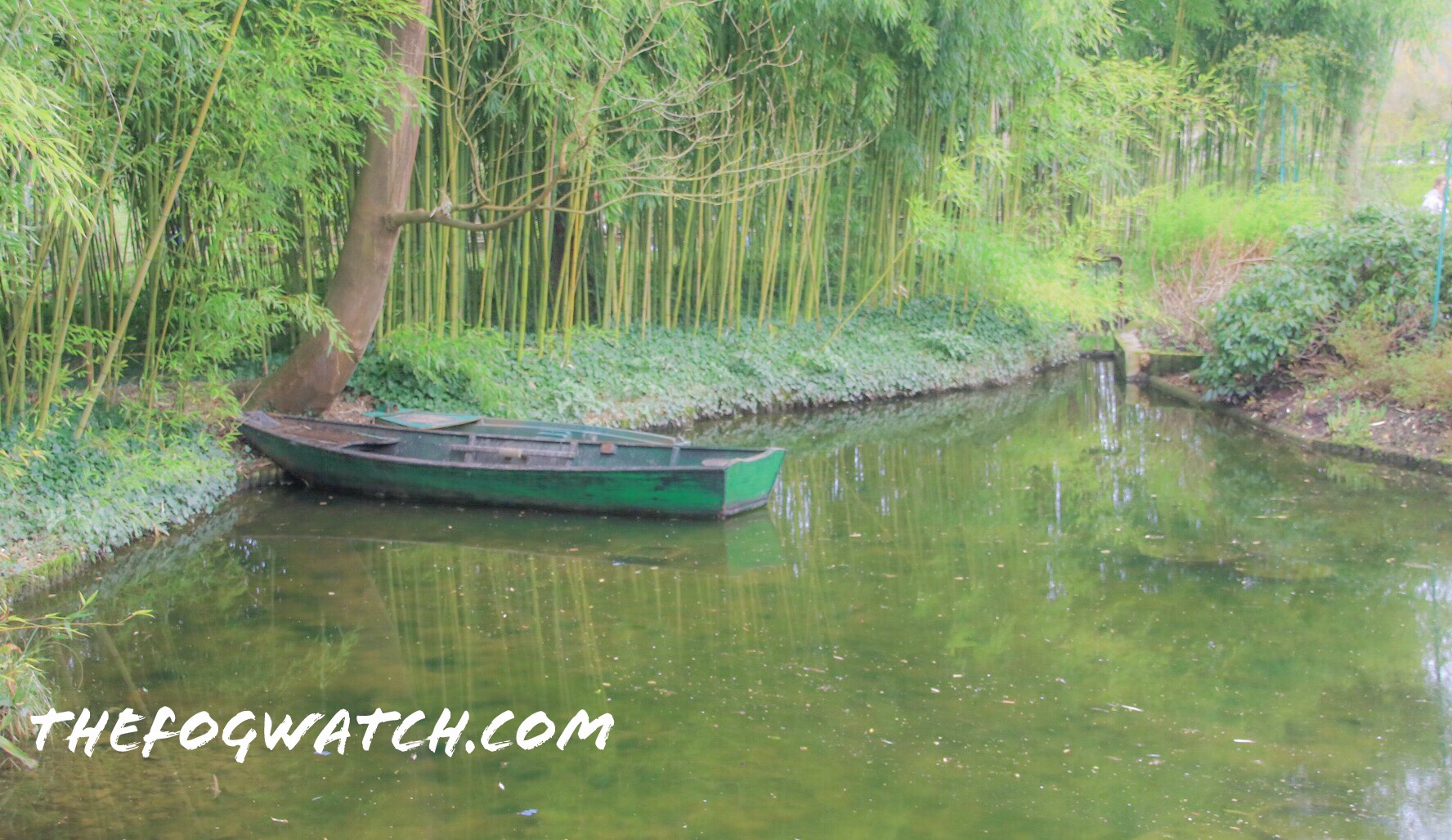
The water garden has a Japanese bridge inspired by the profusion of Japanese prints displayed in the house, and a quaint wooden rowing boat that can be seen in several of his paintings. The boat was in use by one of the grounds staff as they are preparing the ponds for a re-planting of the lillies for the new season.
The flowers around the lilly pond are planted to form a colour wheel so that you walk around a spectrum of colour.
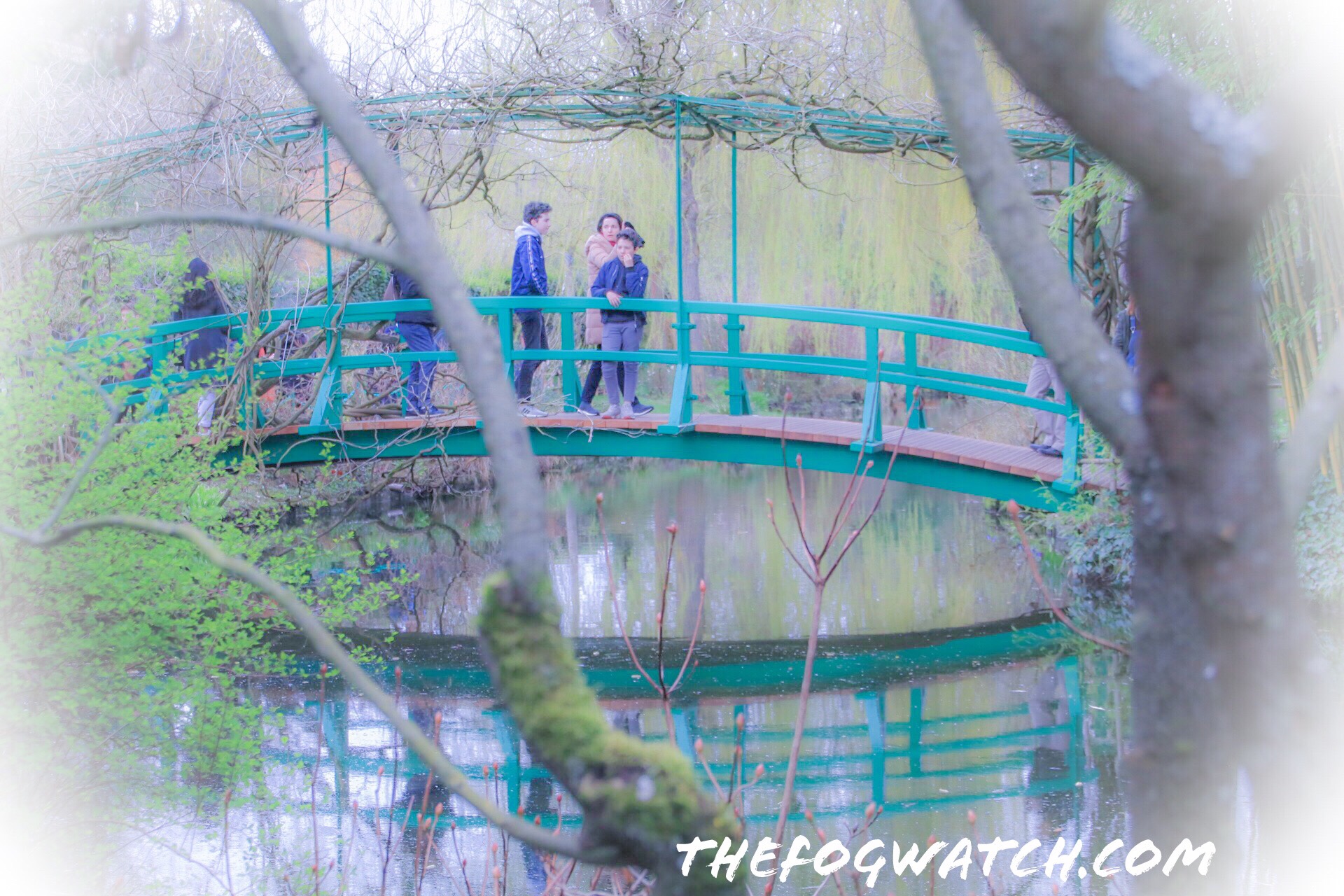
The lily pond itself was controversial in its day, as the locals who were employed to dig it, drain the swamp and redirect the stream were worried that Monet’s exotic plants would clog the flow and poison the water for downstream use.
At around 80km from Paris, it would have been a two day horse ride or lengthy train ride to get his art supplies or to deliver his artworks. But Monet fell in love with the place and decided to make a new start here after his first wife died. He moved to Giverny with his second wife Alice, at first renting the property, then as his paintings began to sell better, he bought it outright.
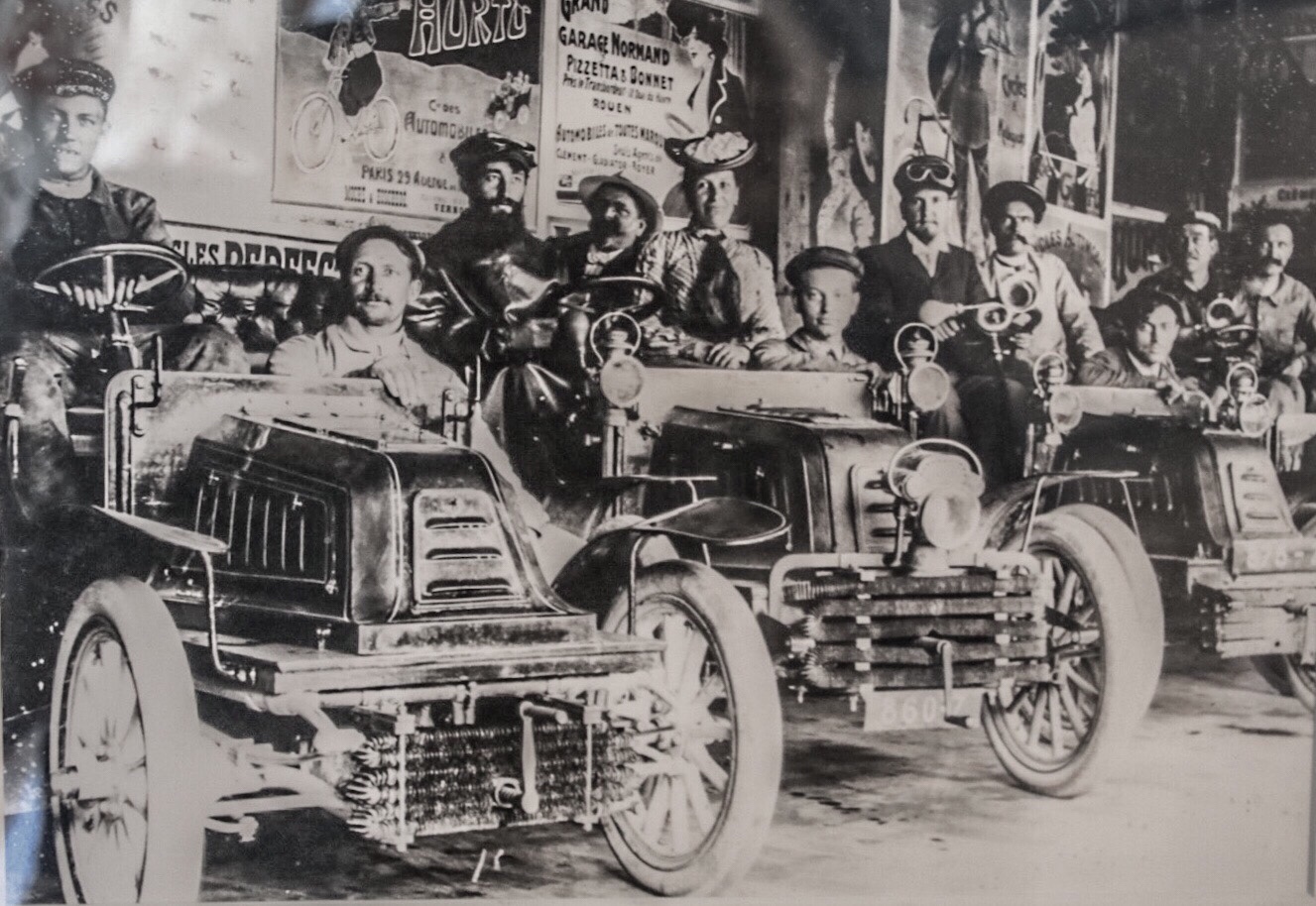
Monet has a lifelong interest in the modern developments of his time, and he regularly rode and painted the trains. He also owned some of the early cars, one in 1902 and the other, a Panhard in 1910. There are photographs in the house of Monet with his cars.
The property had been a working farm, but Monet set about his garden project with enthusiasm, doing much of the work himself. He often said that his greatest art work was his garden.
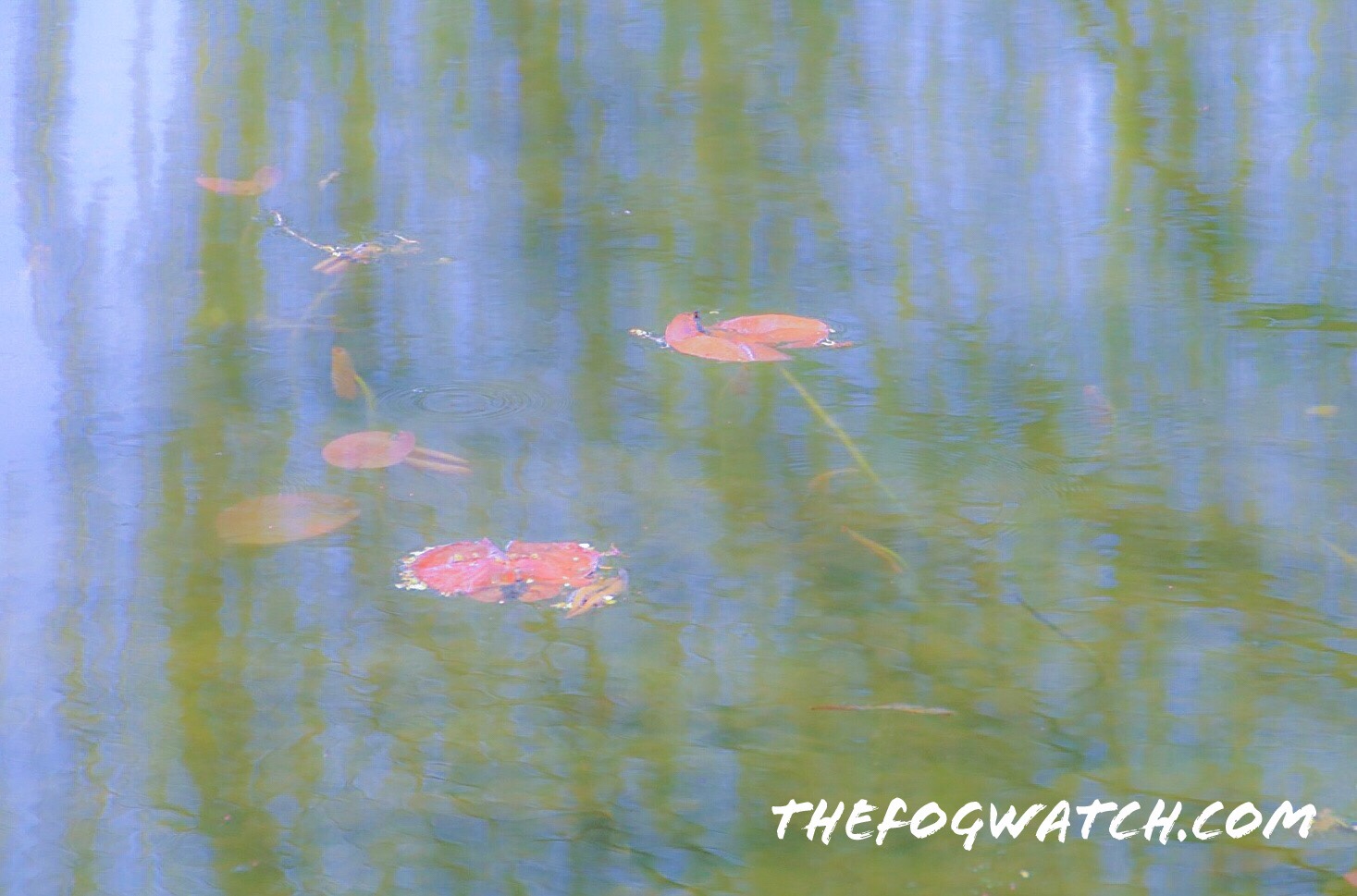
Returning via a tunnel to the house and flower garden, you can see the many walks and paths he laid out. Built on flat land, Monet constructed raised frameworks to add dimensionality to the garden, and looking out through the double window of his bedroom, he would have been greeted by cascades of colour from Spring to Autumn.

The house is long, but not wide and is still furnished the way he had it with rooms themed by colour – yellow for the dining room and blue for the kitchen.
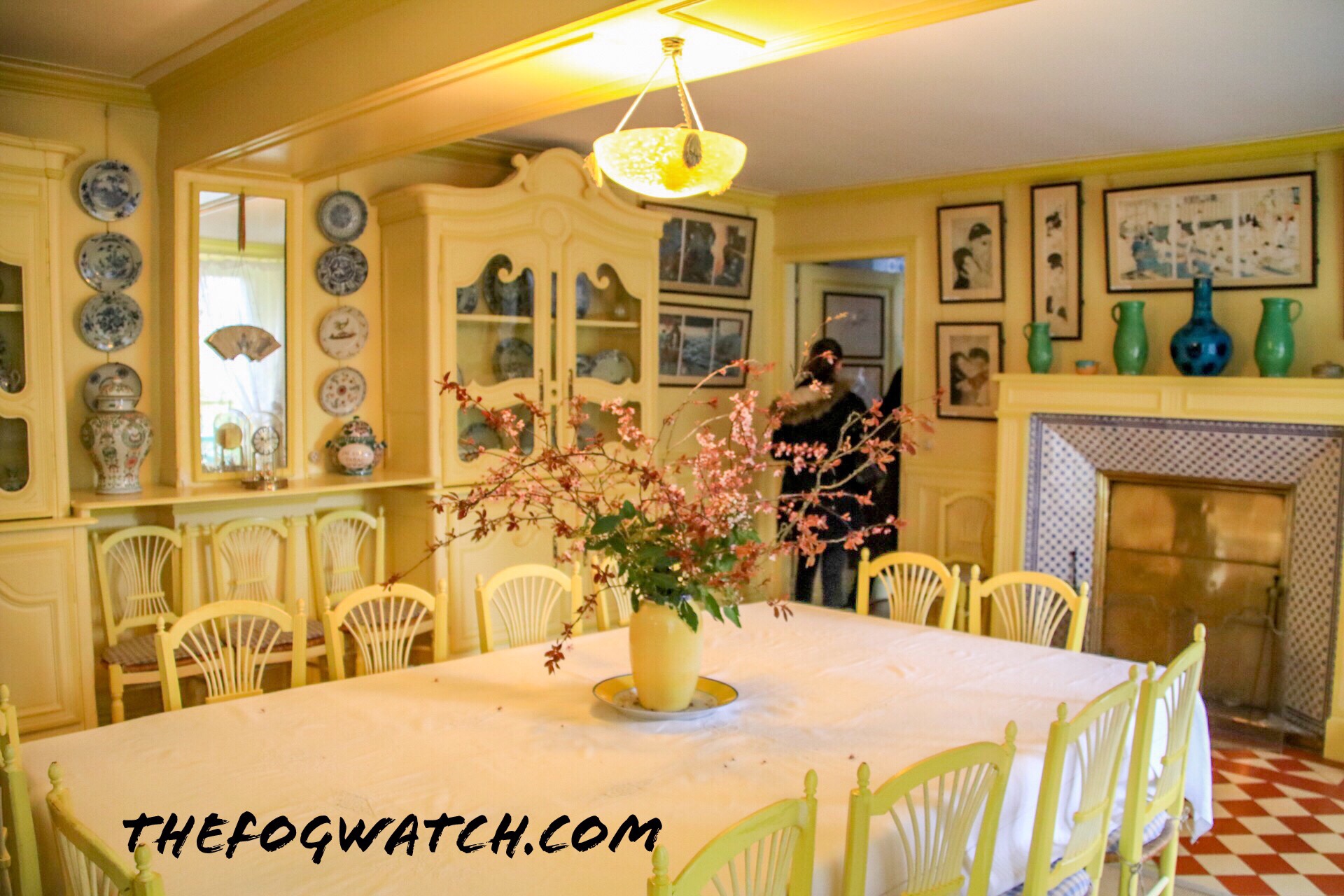
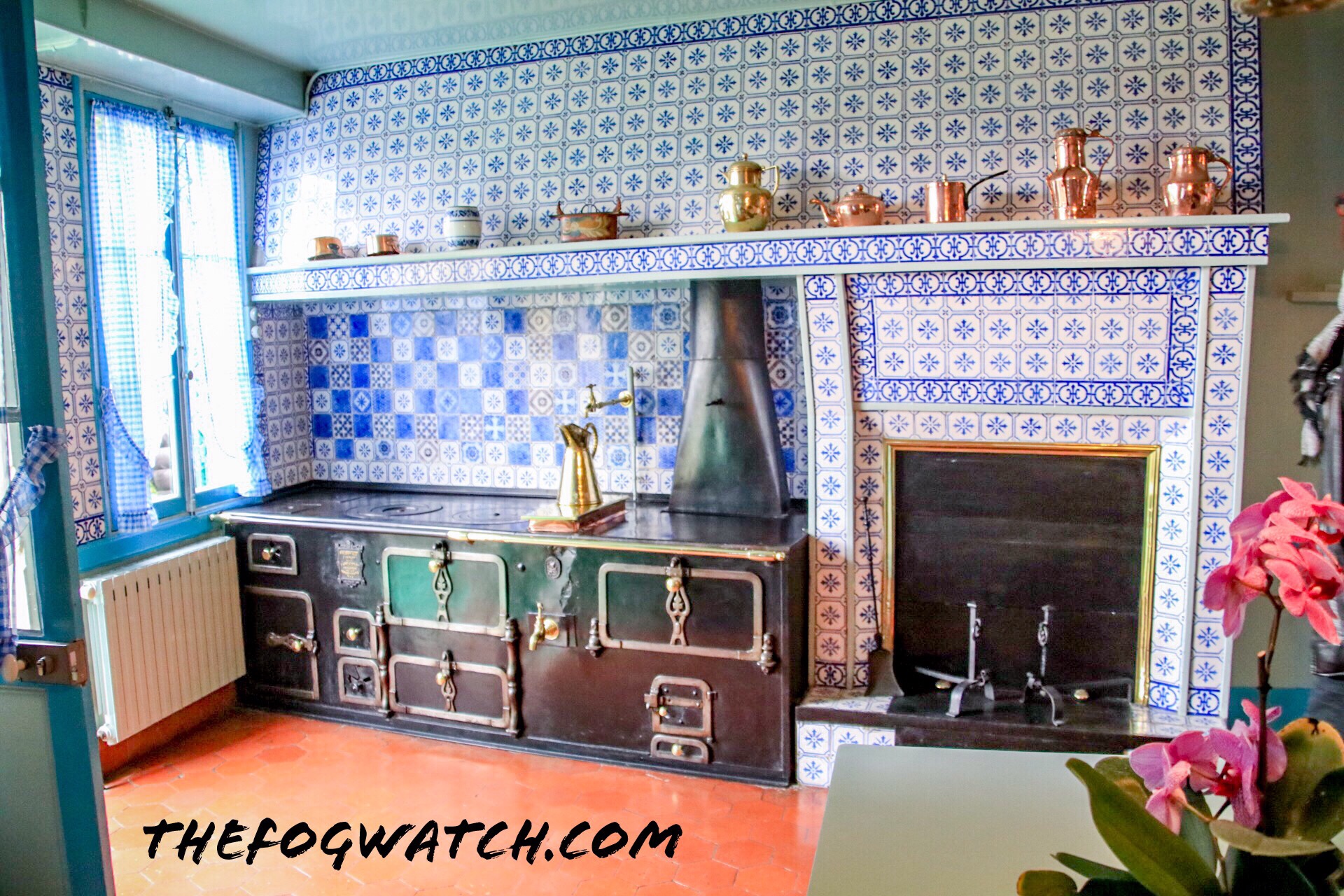
The studio, possibly a converted stable, was large and hung with works by him and his friends who often came and stayed with him to paint and enjoy the garden.
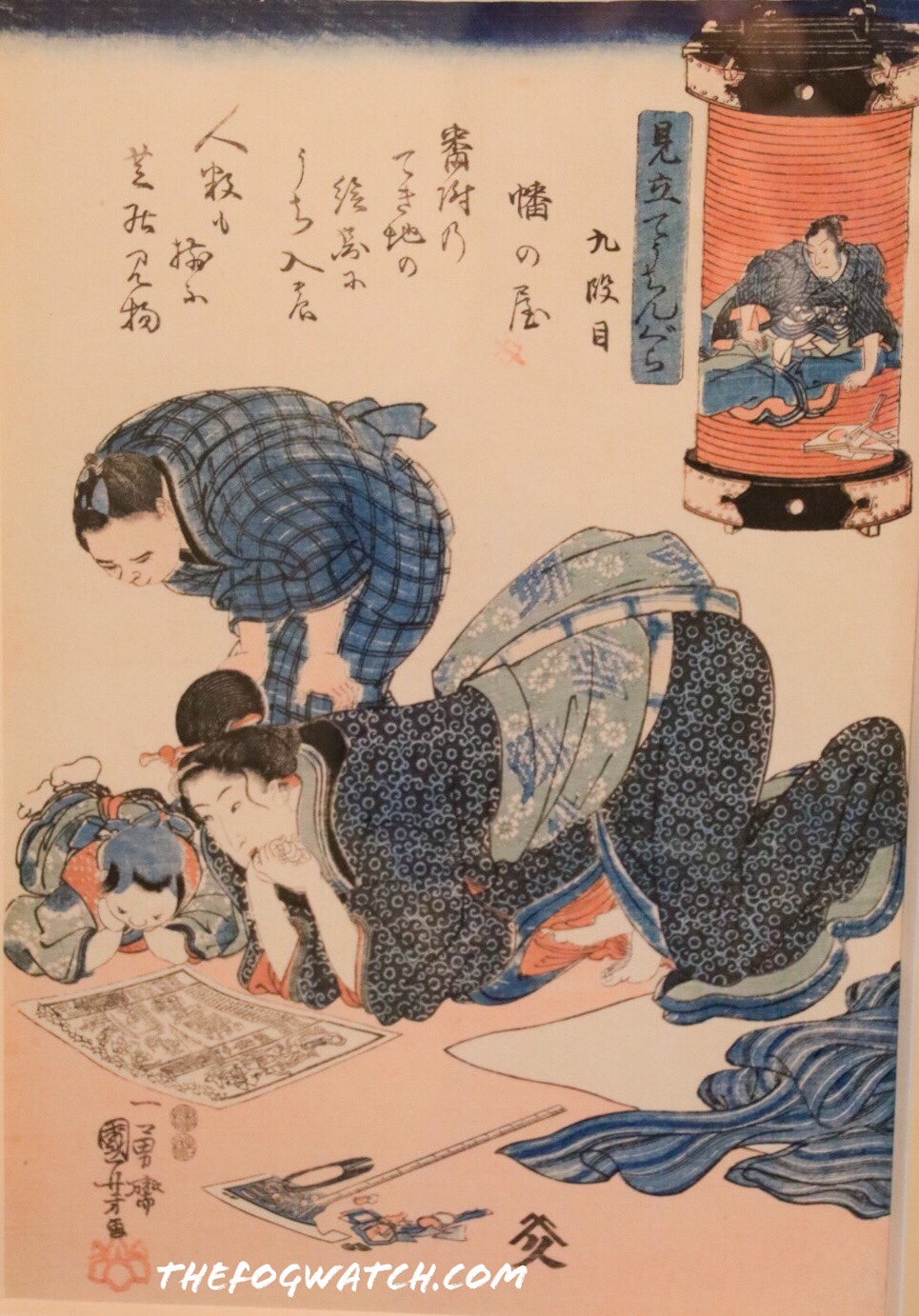
The inside of the house is hung with a large collection of Japanese prints – a major influence on the Impressionist painters – and other works by his friends. The term ‘Impressionism‘ is itself taken from the title of one of Monet’s works “Impressions: Sunset” and was originally used by one of his critics in a disparaging way. Soon, Monet and others appropriated the term to describe their approach to painting. The term caught the public imagination and was used as a banner for art that broke with the realist tradition, and that found a new honesty in plein air painting.
Today that honesty is carried forward in the manifesto of the Urban Sketchers movement with the idea of ‘seeing the world one drawing at a time’ – the idea being to sketch from life, and with honesty (if there are bins or power lines you don’t edit them out as many painters do).
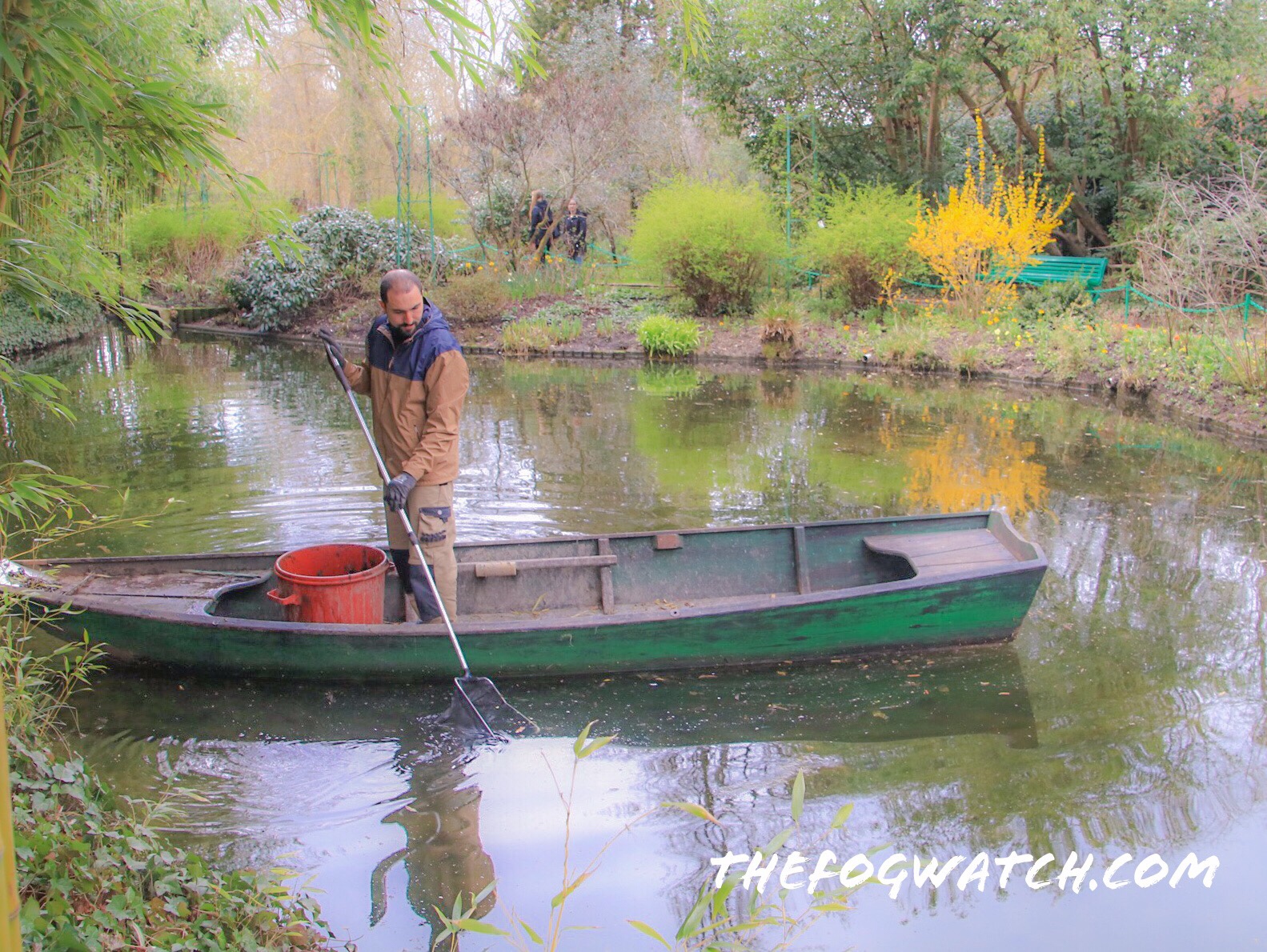
We also visited Monet’s grave at the Eglise Sainte Radegonde in a small family plot marked by a simple stone.
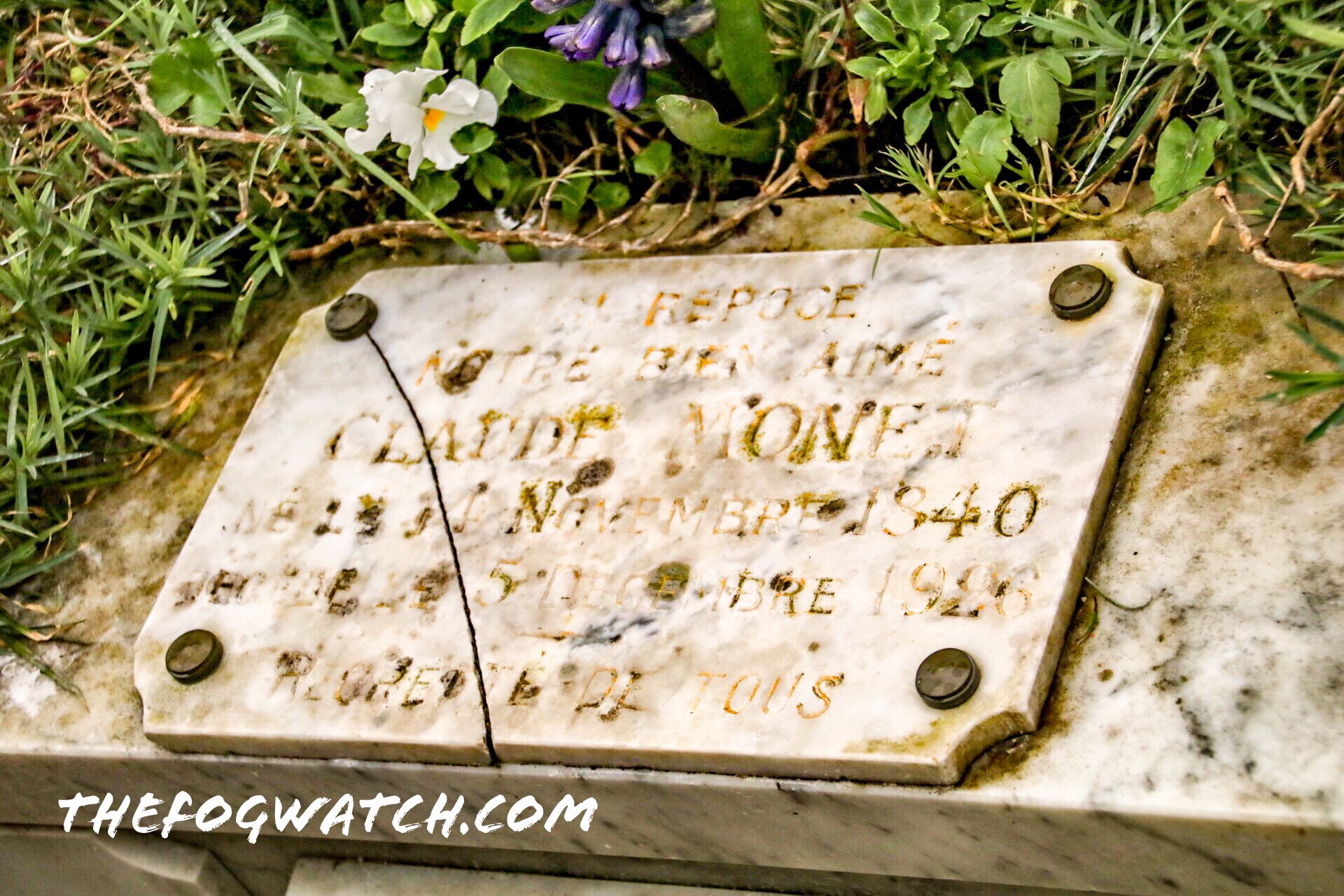
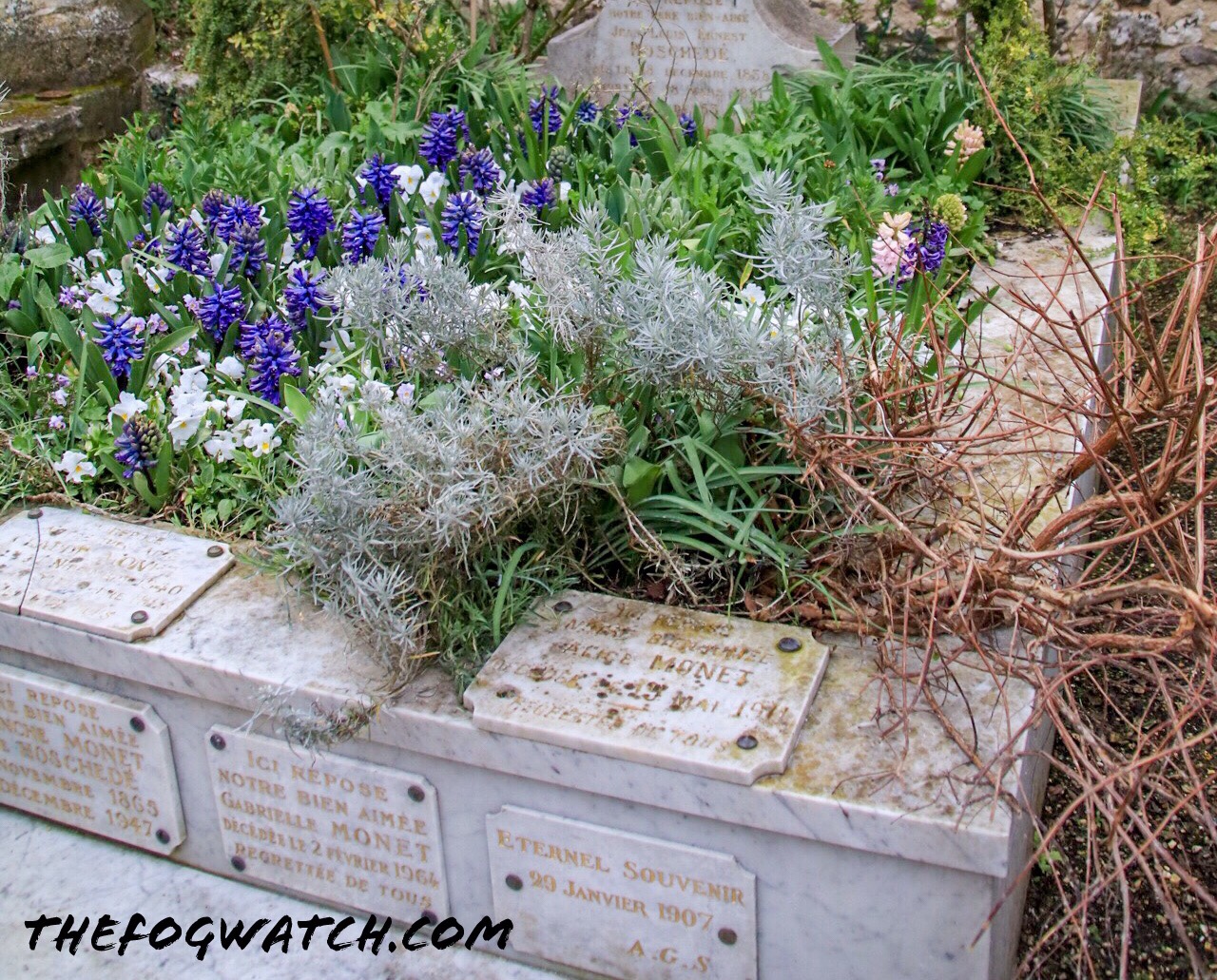
The church itself was built between the C11th and C12th.
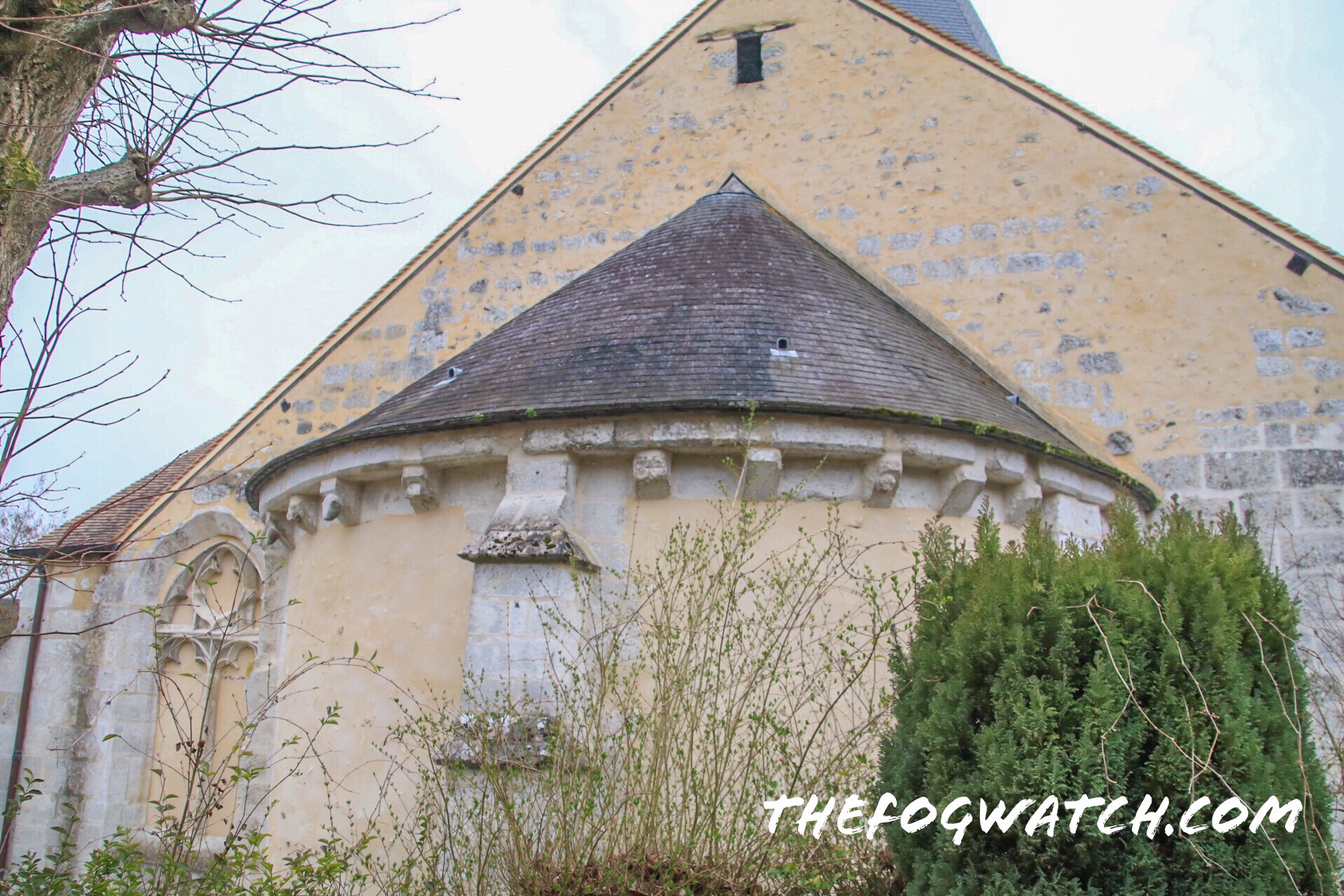
Despite being too early in the season to see the full effect of the gardens, I can see how it came together as an inspiring and creative space in which to work. It would be well worth returning in May to see it in full bloom, even if that means braving the crowds.

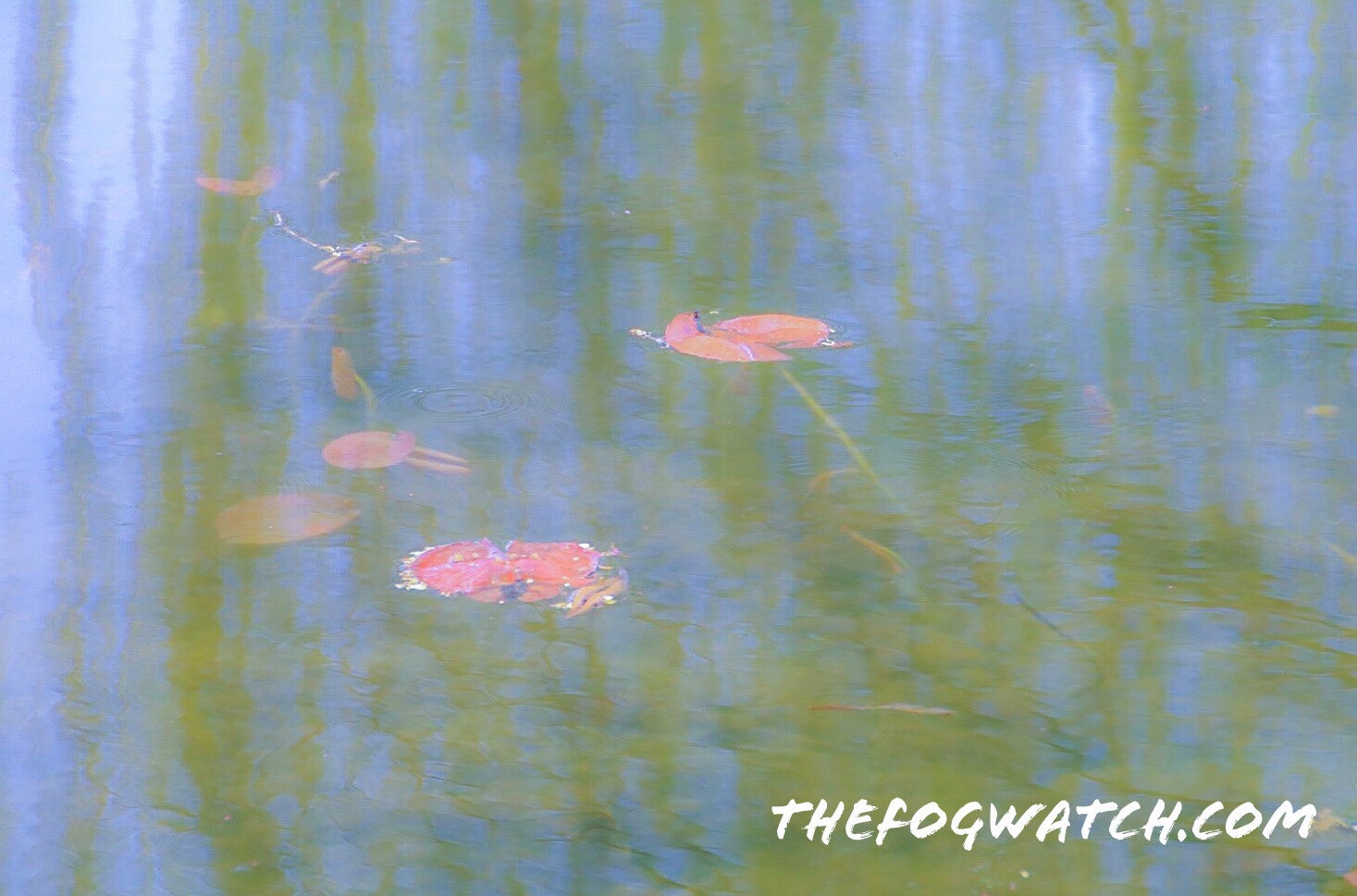
I really and truly loved seeing Monet’s kitchen and dining room. Thank you so much, Jerry!
Thanks Allie! Yes it gives quite an insight when you see how an artist like this lived, and it makes them somehow more humans and accessible too 🙂
Thank you, Jerry, for walking me – cyberwise – to Giverny – must be fantastic – I have not been there.
Thank you Anneliese – it was quite special
Fantastic Jerry! I have seen the paintings, looks like we will have to book a tour.
Well worth it Leonie – they just drop you at the gate and you do your own thing until pick up time – my kind of tour!
Can you let me know which company you went with?
Paris Tourisme – worth checking out the TripAdvisor reviews though – their operation can be a bit … er … slap-dash but we found them okay for our purposes